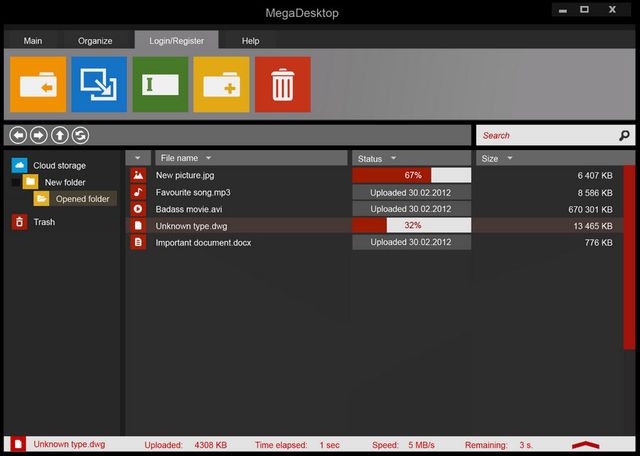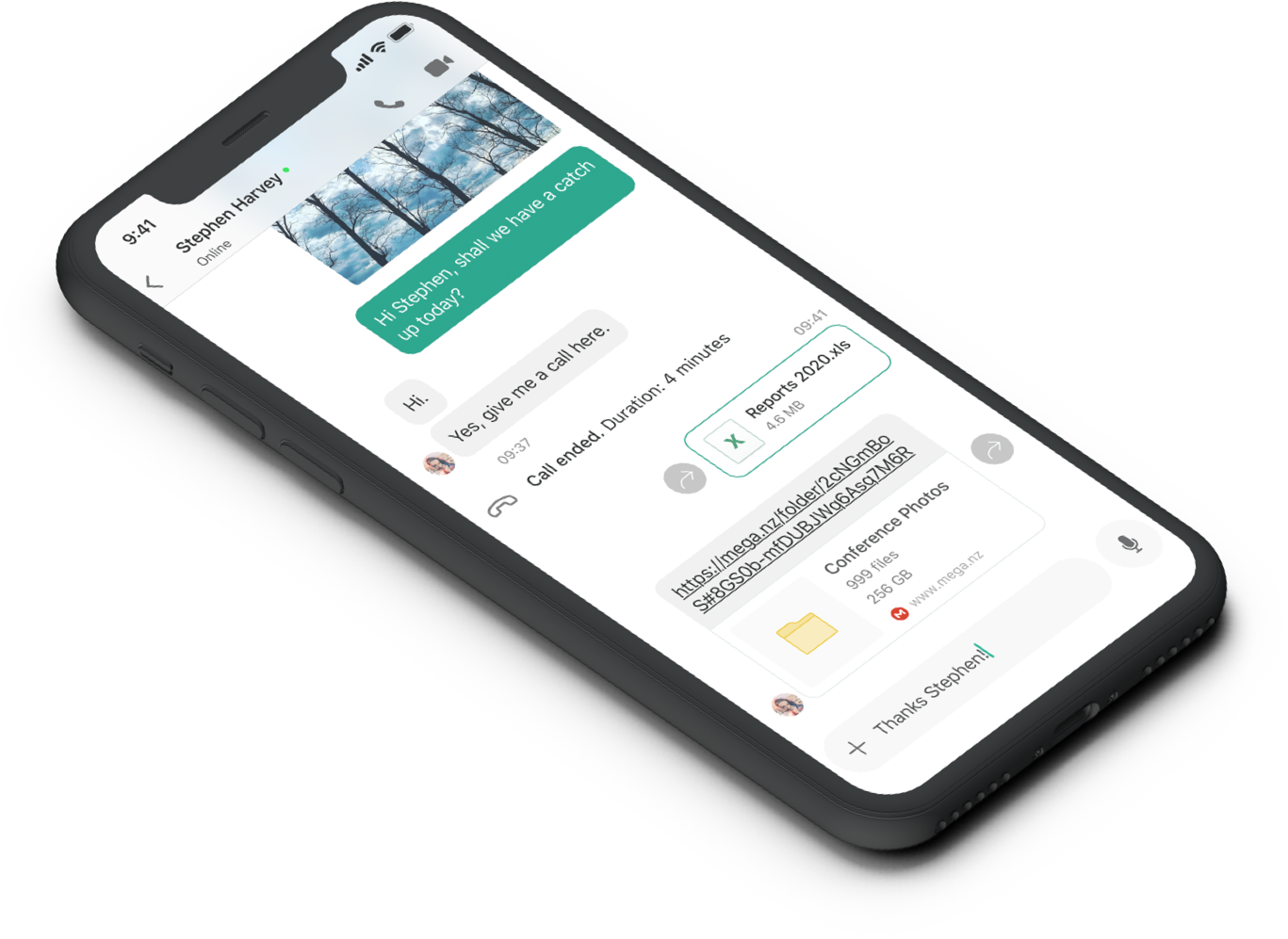
Double click on the MEGAsync Desktop Icon or the menu option.To finish the setup we can now run the desktop app. You can right click on this entry to add an icon to the desktop. When the process is finished you will now have a MEGAsync entry under “System Tools” in the main menu. When prompted type Y to proceed with the installation. Install MEGAsync using the following command: sudo apt install. You should see the downloaded megasync deb file. This should navigate to the Downloads directory and list the contents. Open a Terminal window either using the main Raspberry Menu or the Terminal icon in the top left corner: The download directory is usually /home/pi/Downloads. This will download the latest megasync-#.deb file to your default downloads directory. Click “Keep” if you get a “This type of file can harm your computer” warning.

Select “Raspbian 10 (Buster)” and “32-bit”.Under the Platforms menu select “MEGA Desktop App”.To download the MEGAsync package to your Raspberry Pi OS desktop: The first step in setuping up MEGAsync on the Pi is to download the correct package. Without the password or recovery key you will potentially lose access to your data.

I know at this point you want to get on with the guide but it worth spending 5 minutes securing the password and recovery key for future use! Store them in a safe place preferably not on a computer but on a USB stick or CD/DVD. If you are given the option of “downloading a recovery key” I would highly recommend doing so. You may be asked to select some initial setup questions. You may need to scroll down for the “Get started for free” option.

Setting up Pi cloud storage with MEGA is really useful as it means your project files can be safely backed up automatically.


 0 kommentar(er)
0 kommentar(er)
